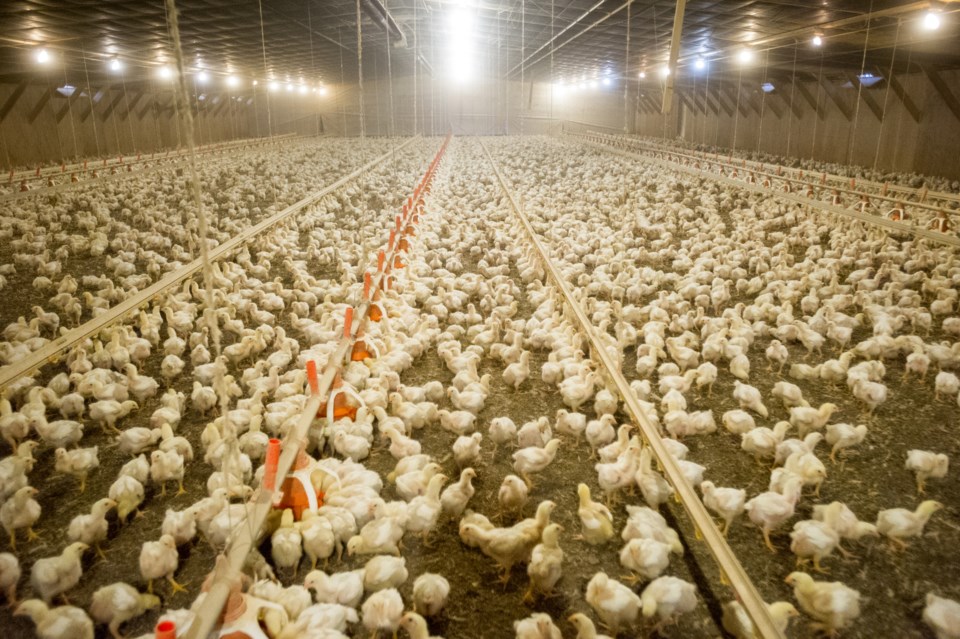Corn prices in Shandong province, which is an animal feeding hub, have converged with wheat prices after a strange year where they were at a sizeable premium to wheat, according to a recent Reuters report.
In 2020-21, a lot more wheat than usual found its way into Chinese feed rations.
China's livestock sector consumed 40 million tonnes of wheat, a little more than double the amount it gobbled up the previous year, according to the U.S. Department of Agriculture's Foreign Agricultural Service.
But with the pendulum swinging back to price parity between corn and wheat, the extended period of unusually high feed wheat demand in China appears to have come to an end.
"For the most part it has switched back to corn in the rations," said Arlan Suderman, chief commodities economist with StoneX.
Reuters reports that wheat use in poultry feed in northern China has fallen to 20 percent of the mix, down from 40 percent earlier this year.
It said wheat use in poultry feed in central China has fallen by as much as 40 percent over that same period, according to a JC Intelligence report.
The FAS is forecasting 35 million tonnes of feed wheat use in China in 2021-22, down five percent from last year.
Suderman agrees that feed wheat use will fall due to the shifting price dynamics with the exception of the north, where there are quality concerns with the corn crop because of wet harvest conditions.
The FAS is forecasting that China will import eight million tonnes of wheat in 2021-22, which is two million tonnes below the USDA's estimate.
It believes high wheat prices and soaring freight rates will restrict the country's purchases.
Suderman isn't so sure, noting that there have been some serious quality issues with China's wheat crop. He thinks China will import 10.5 to 11 million tonnes.
"They need that milling wheat," he said.
"I asked that question of my (Chinese) sources last week and they said, 'oh yah, we're definitely going to need more imports of milling wheat this year.' "
In mid-September, China reduced its import quality requirements in order to accept rain-damaged milling wheat from France, a strong indication that there is a sizeable milling wheat shortage in the country.
Suderman is not as optimistic about the country's corn imports.
He is forecasting 20 to 22 million tonnes of imports in 2021-22, which is well below the USDA's forecast of 26 million tonnes and last year's program of 28 million tonnes.
"I'm a contrarian here from a lot of people," he said.
The reason he feels that way is this year's Chinese corn harvest is plentiful, estimated at 273 million tonnes compared to 261 million tonnes last year.
He doesn't think the country will want or need to import as much corn, especially at today's sky-high freight rates.
The only caveat is that growers in Brazil, Argentina and the U.S. may cut back on corn planting due to high fertilizer prices, which could prompt China to accelerate its purchases of the commodity, said Suderman.

